Normandie-Niemen. Plane of Marcel Lefevre (Yak-9T with Marcel Lefevre figure) 1/32
41,27€
In stock

*Please check our Privacy Policies to see how to we use your personal data.
*Por favor revisa nuestra Política de Privacidad para ver como tratamos tus datos personales
SCALE
1:32
TIME PERIOD
WW2
MARKINGS
Yak-9T of pilot Marcel Lefevre, 1943
MODEL SIZE (LENGTH X WIDTH)
269 X 304 mm
BOX SIZE
410 x 260 x 55 mm
NUMBER OF DETAILS
171+10
(Yak-9T with Marcel Lefevre figure)
As part of the agreement between the National Committee of Free France and the government of the Soviet Union, Air Group No. 3 was formed in September 1942, which soon became the Normandy Squadron.
On December 4, 1942, the squadron was included in the Soviet Air Force, and in April 1943 it began combat operations.
On July 5, 1943, the squadron was formed into the 1st Fighter Aviation Regiment “Normandy”, which later became known as “Normandy-Neman”. Marcel Lefevre was one of the first pilots to join the unit.
After training on Soviet aircraft, he scored his first victory on the Eastern Front in May 1943, shooting down an Hs-126 fighter and then an Me-109 fighter. Lefevre was an inventive and virtuoso pilot in combat, energetic and proactive.
His experience and skill allowed him to be a kind of teacher for the new French pilots arriving in the regiment.
ESCALA
1:32
PERIODO
II GUERRA MUNDIAL
MARCAS
Yak-9T del piloto Marcel Lefevre, 1943
TAMAÑO DEL MODELO (LARGO X ANCHO)
269 X 304 mm
TAMAÑO DE LA CAJA
410 x 260 x 55 mm
NÚMERO DE DETALLES
171+10
(Yak-9T con figura de Marcel Lefevre)
Como parte del acuerdo entre el Comité Nacional de la Francia Libre y el gobierno de la Unión Soviética, en septiembre de 1942 se formó el Grupo Aéreo Nº 3, que pronto se convirtió en el Escuadrón Normandía.
El 4 de diciembre de 1942, el escuadrón fue incluido en la Fuerza Aérea Soviética, y en abril de 1943 comenzó sus operaciones de combate.
El 5 de julio de 1943, el escuadrón se constituyó en el 1er Regimiento de Aviación de Caza “Normandía”, que más tarde pasó a llamarse “Normandía-Neman”. Marcel Lefevre fue uno de los primeros pilotos en unirse a la unidad.
Después de entrenarse con aviones soviéticos, consiguió su primera victoria en el Frente Oriental en mayo de 1943, derribando un caza Hs-126 y después un caza Me-109. Lefevre era un piloto inventivo y virtuoso en combate, enérgico y proactivo.
Su experiencia y habilidad le permitieron ser una especie de maestro para los nuevos pilotos franceses que llegaban al regimiento.




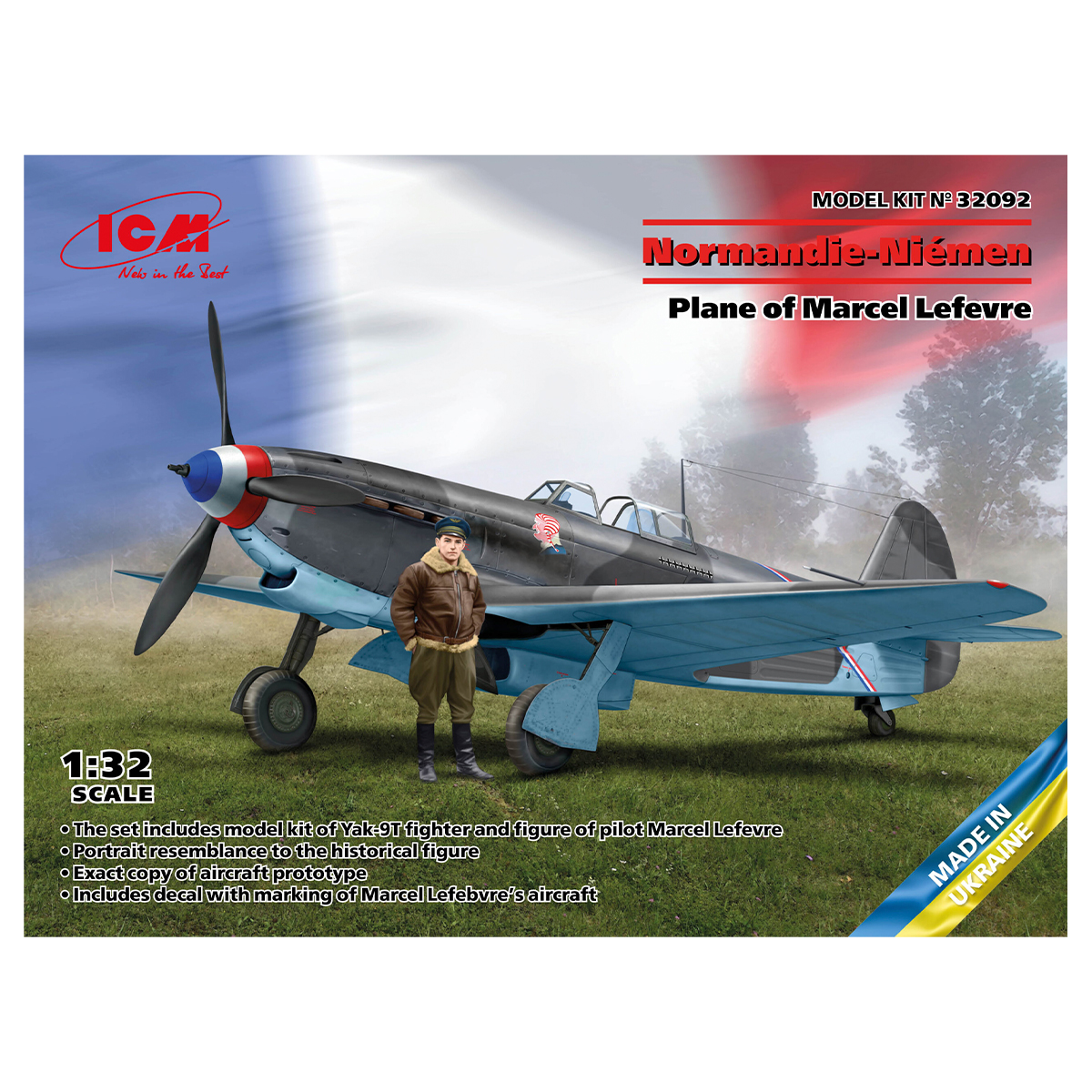


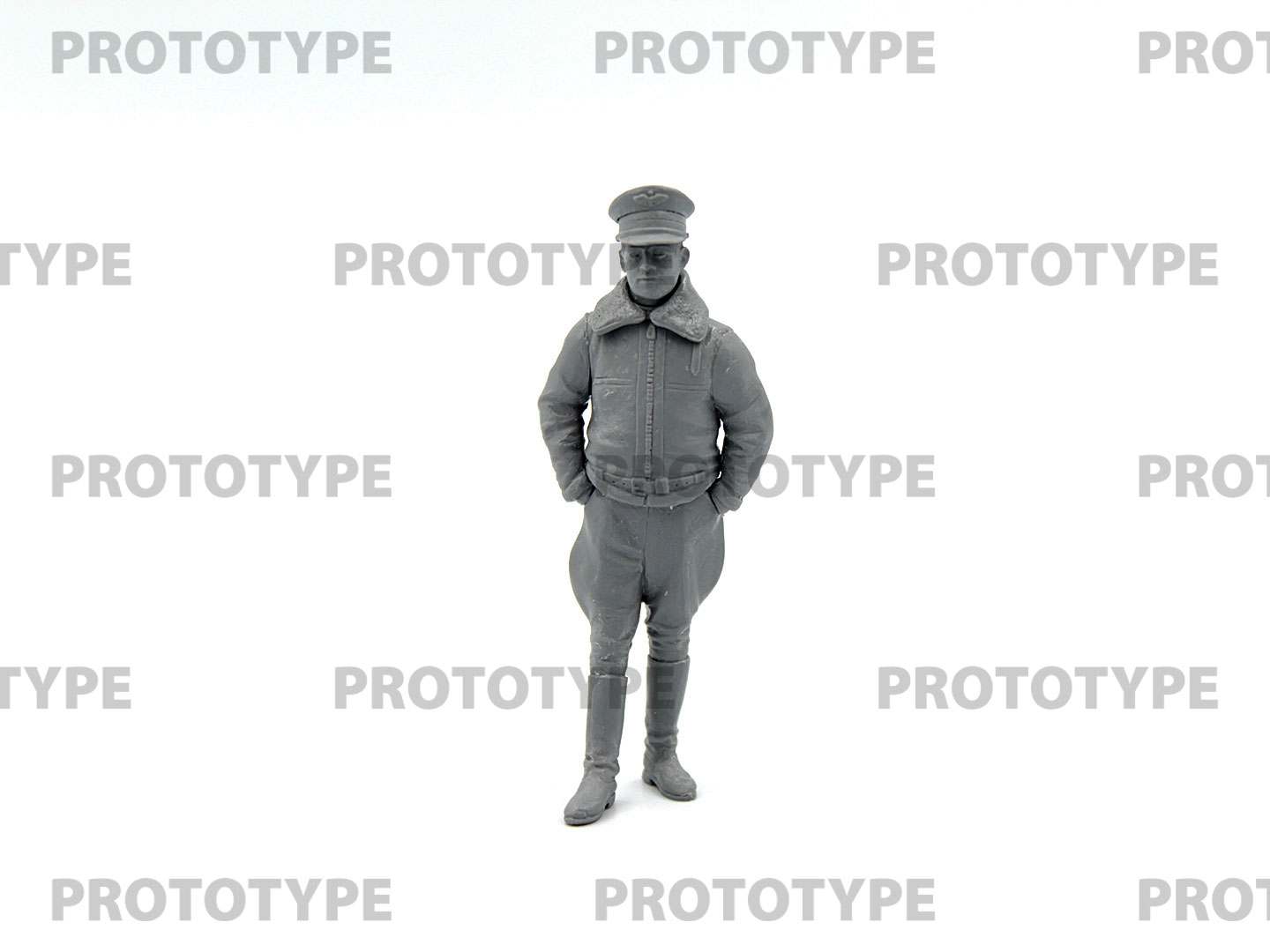

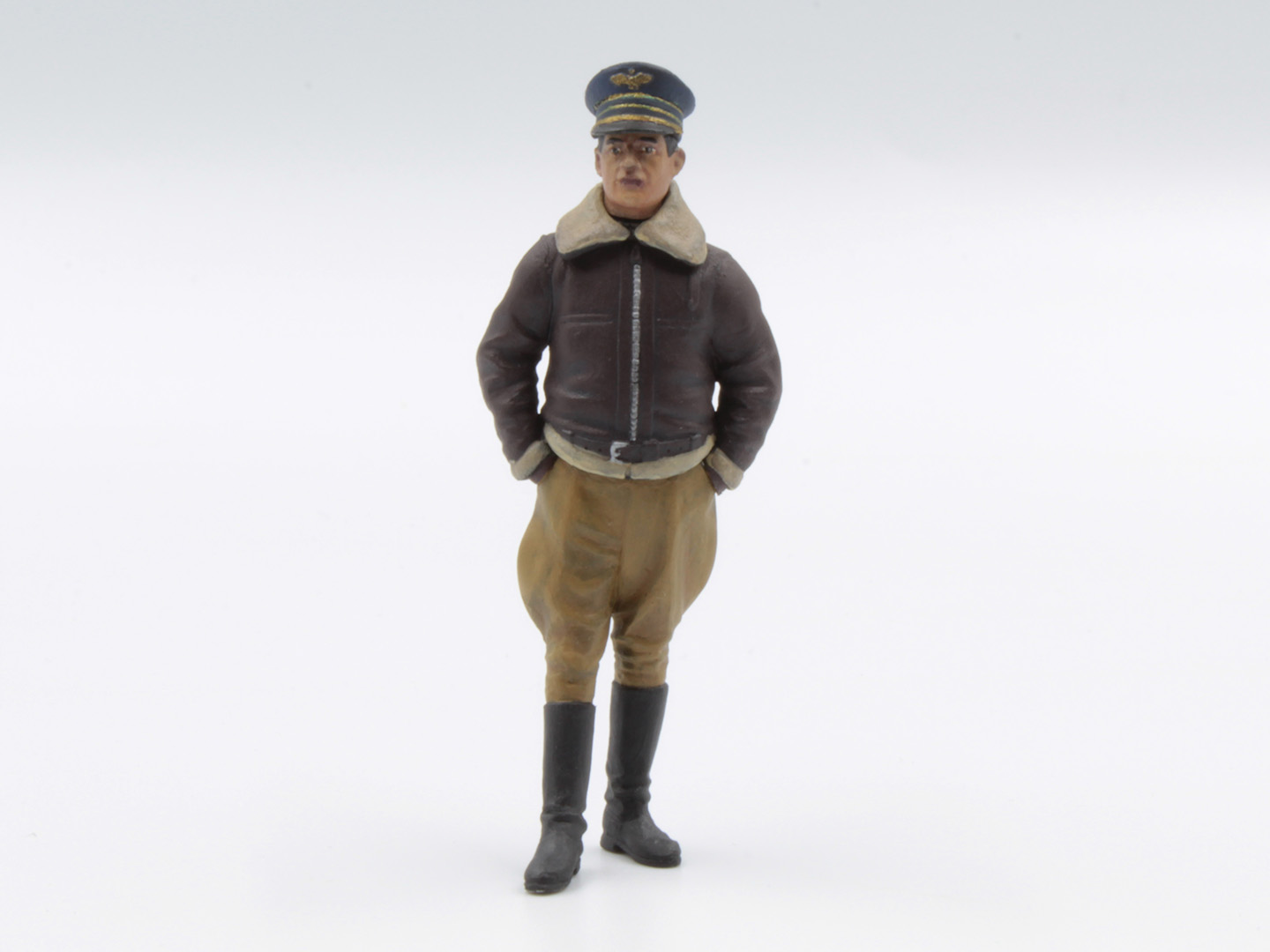
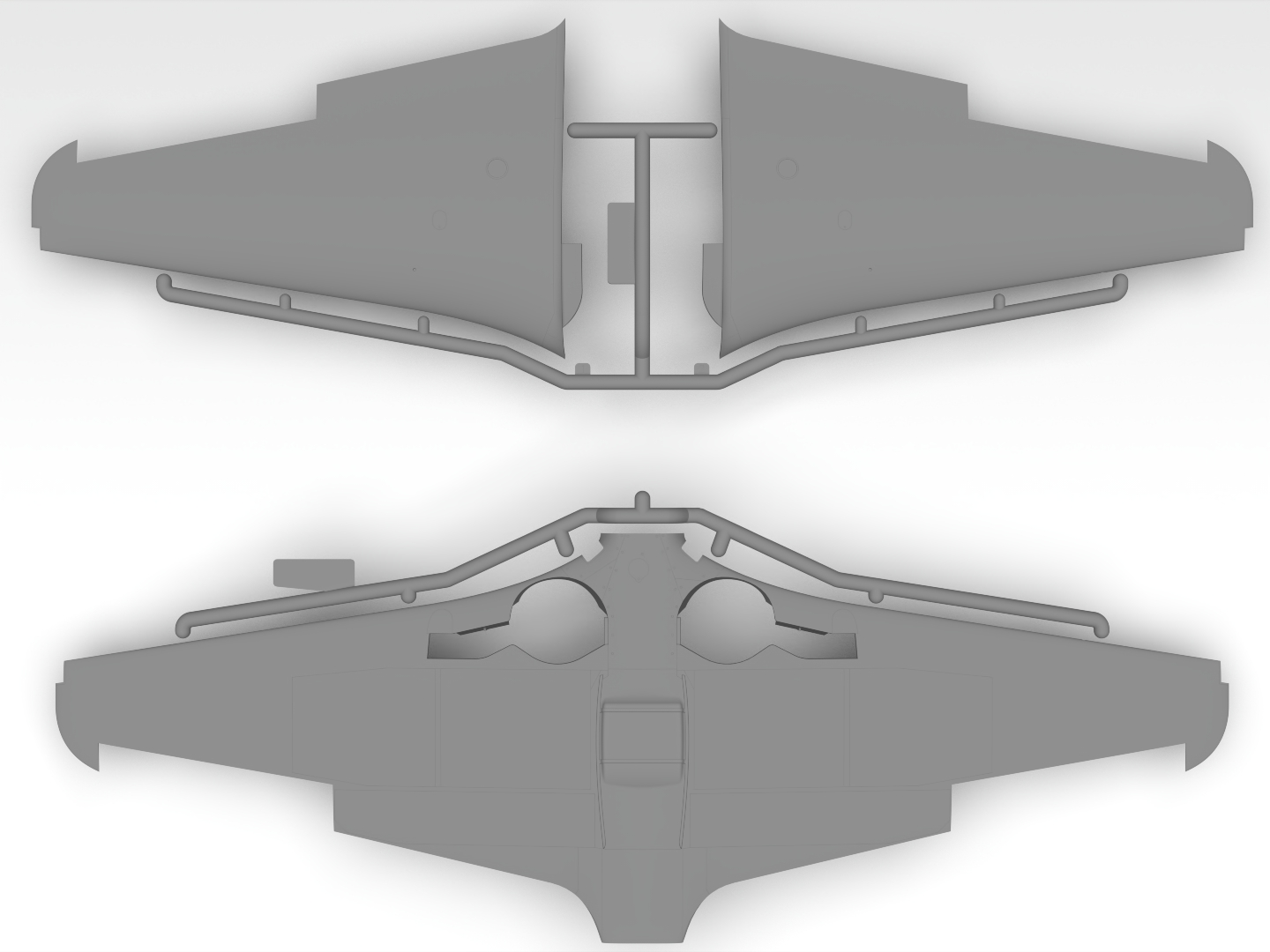
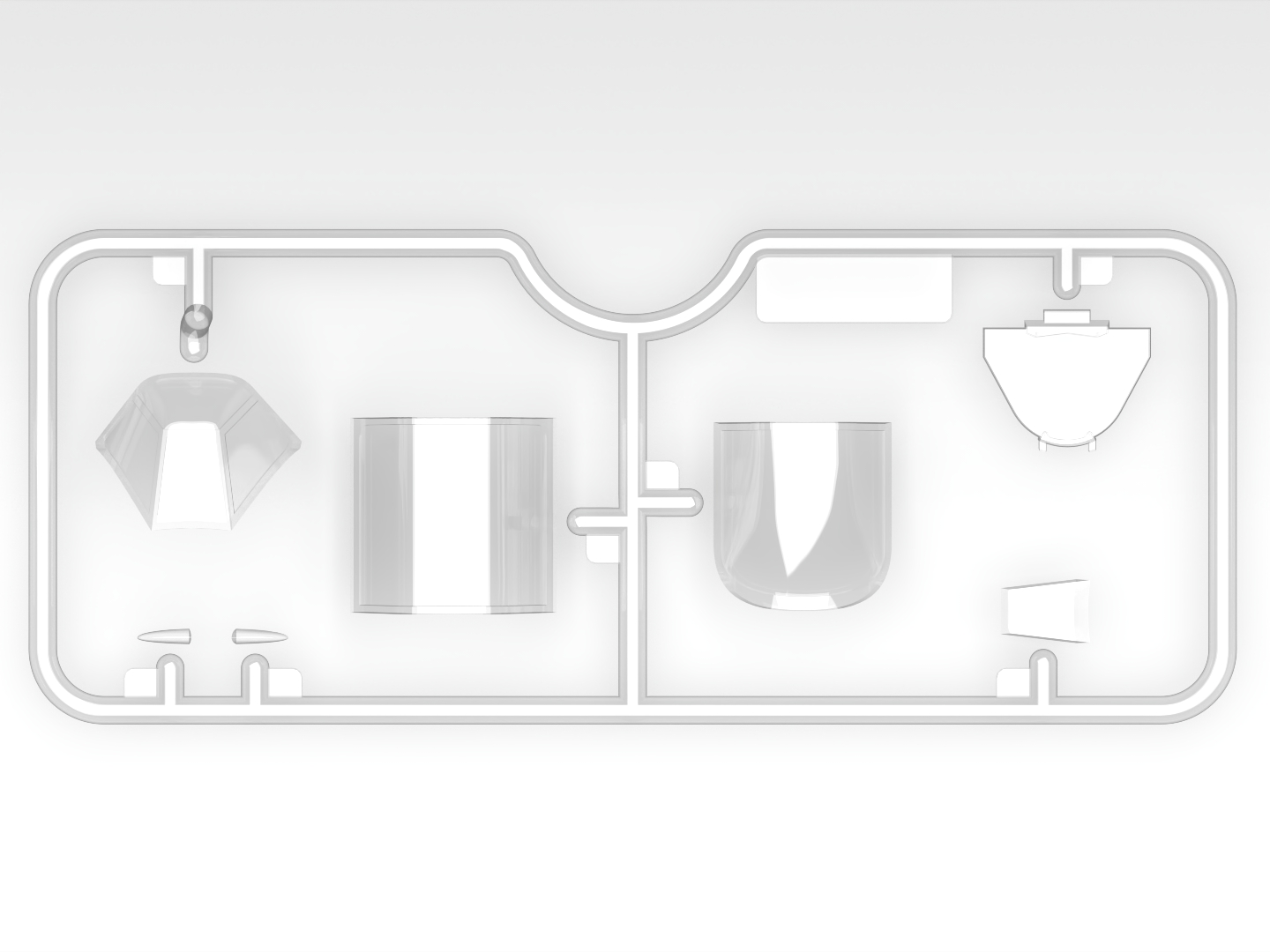

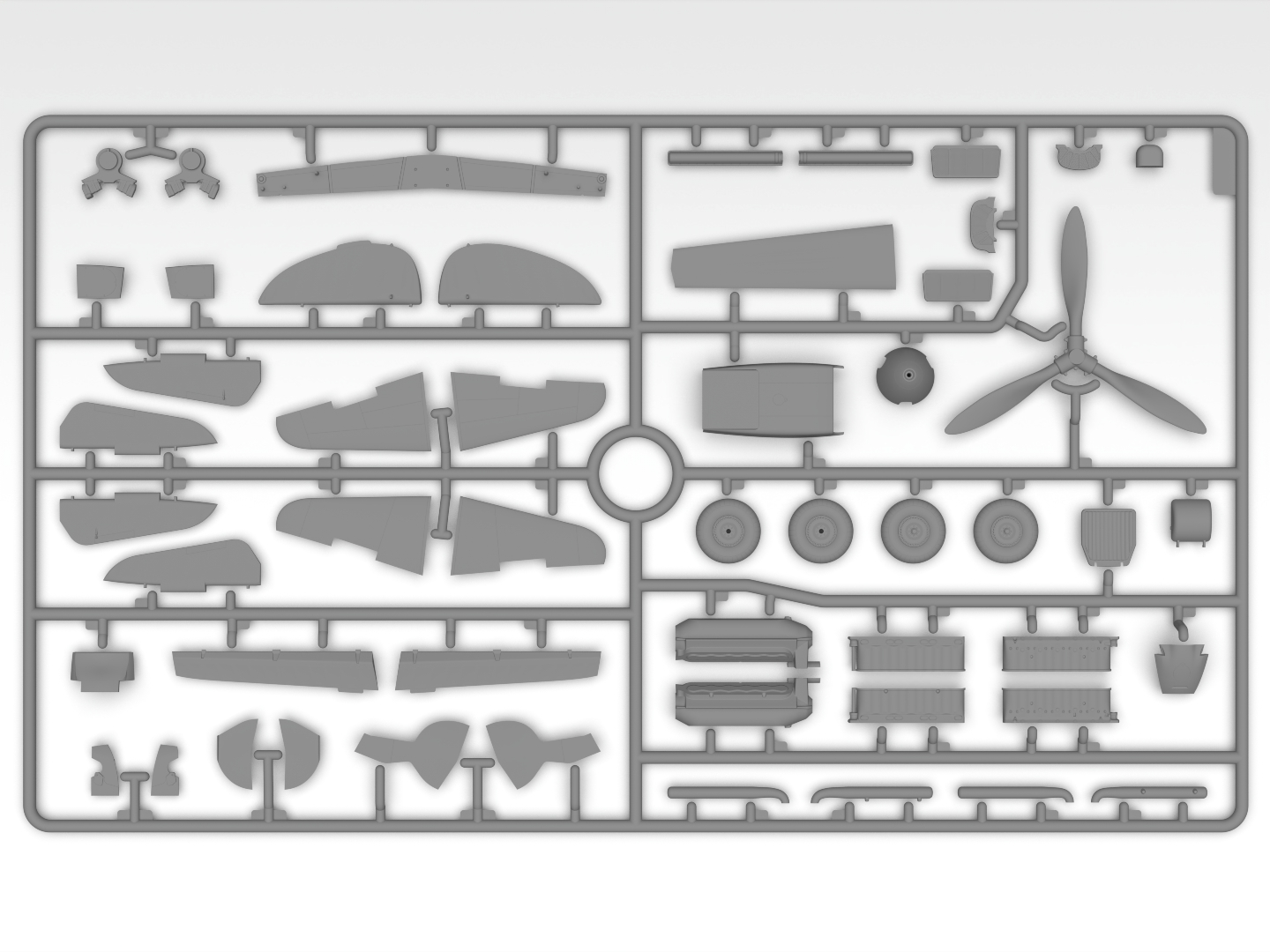

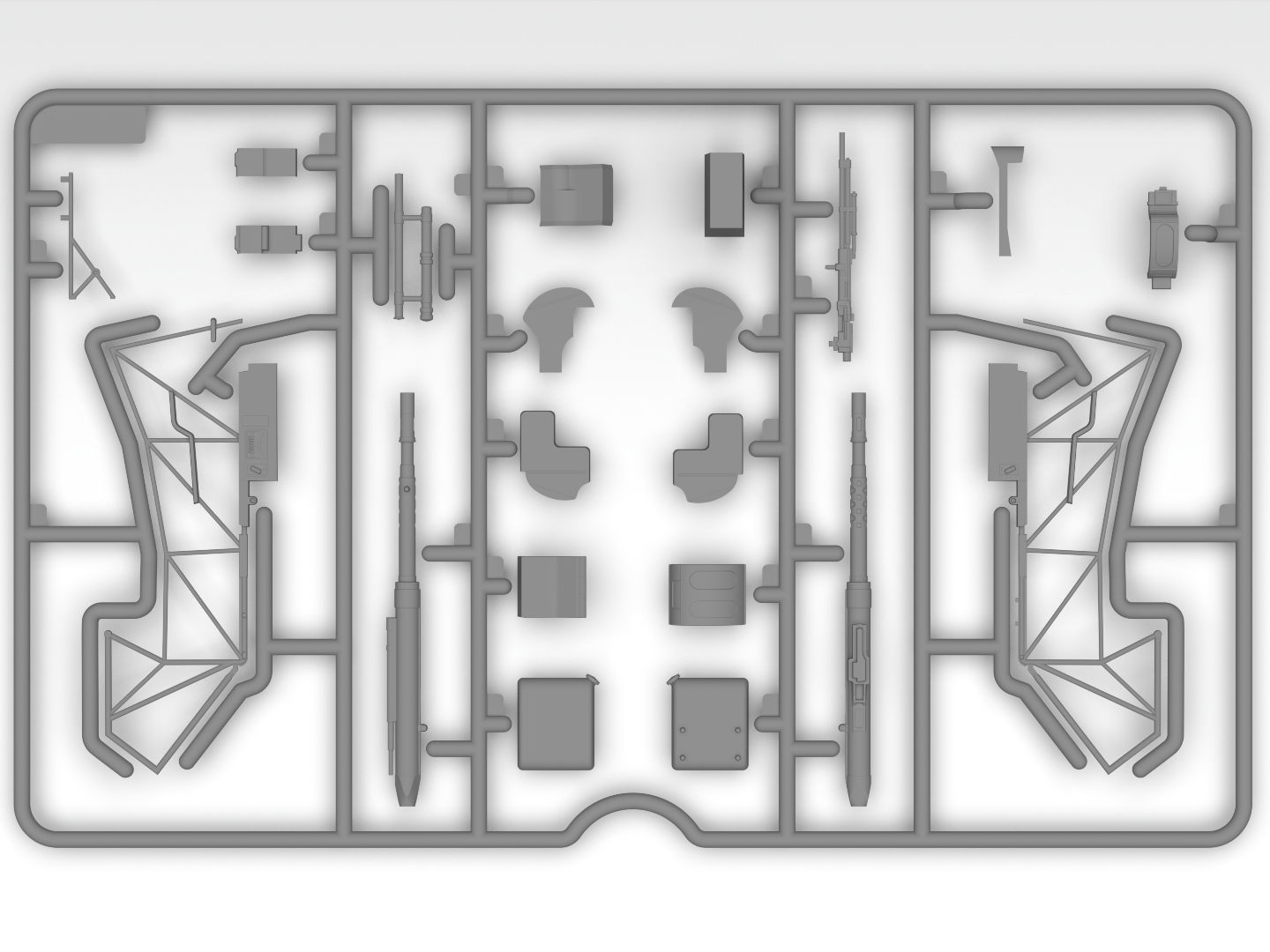
 Request of SDS product data file / Product security
Request of SDS product data file / Product security